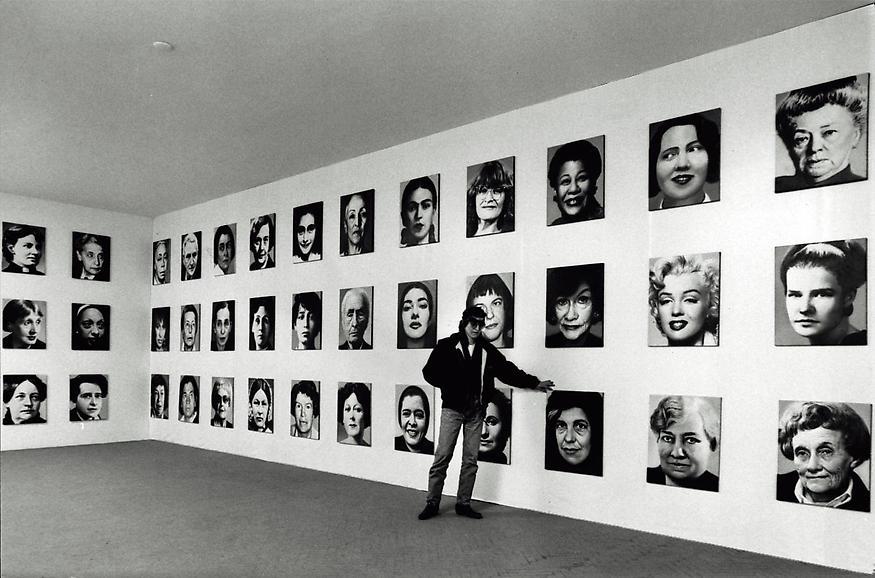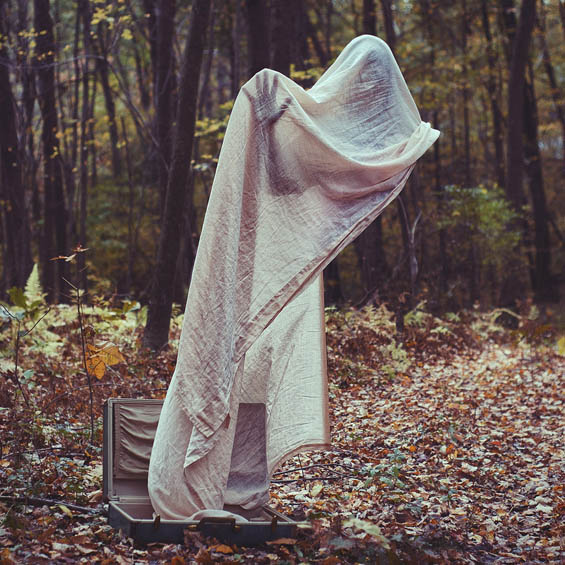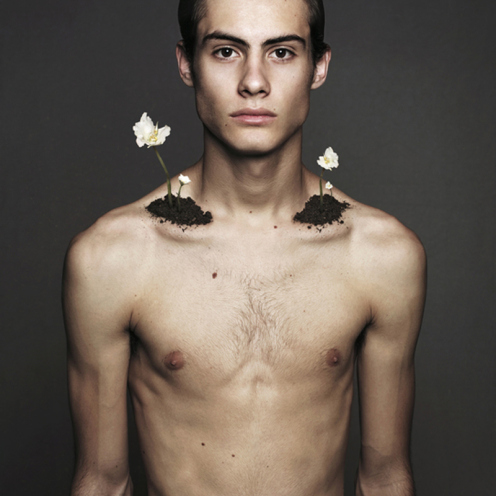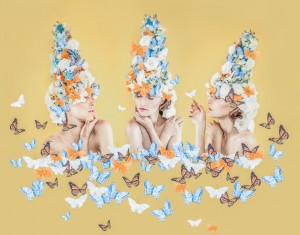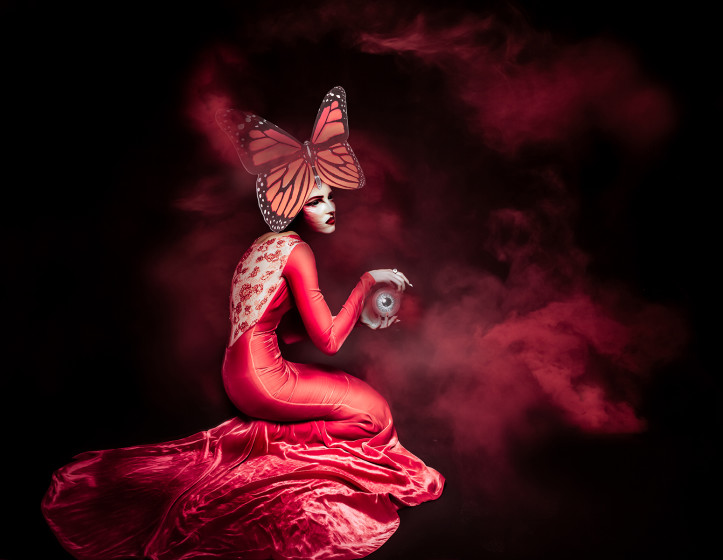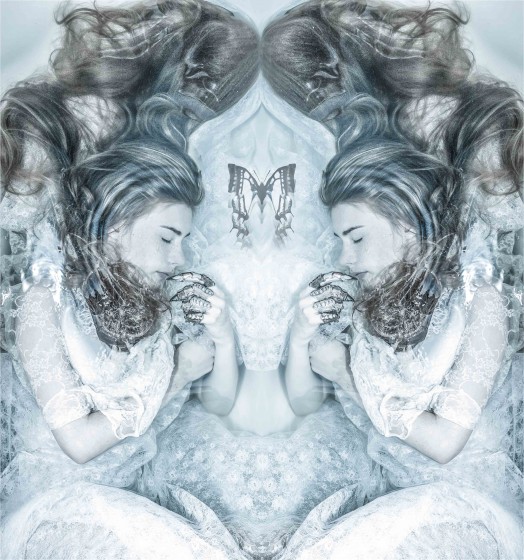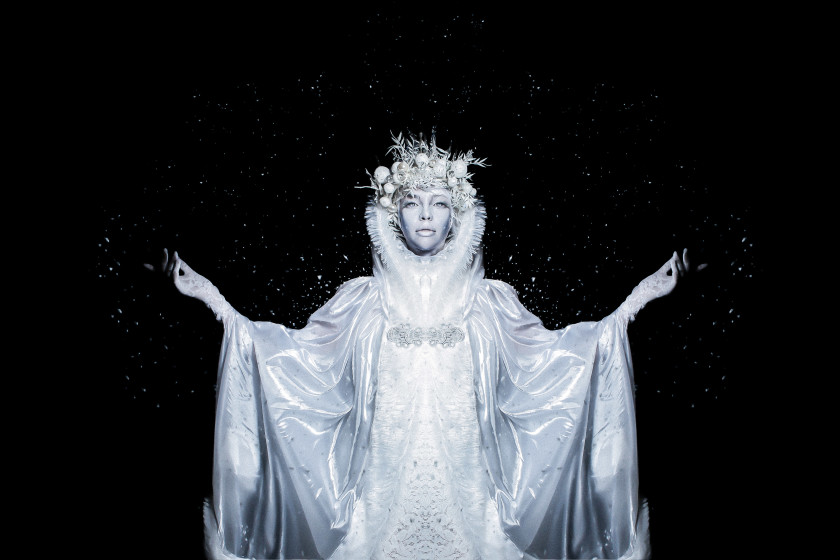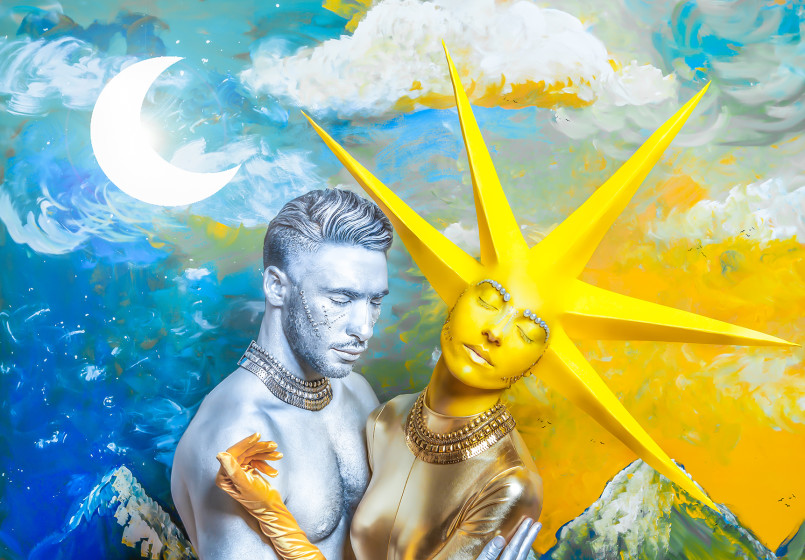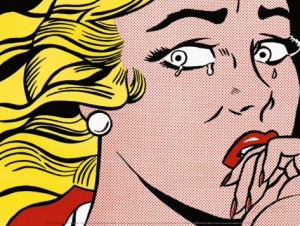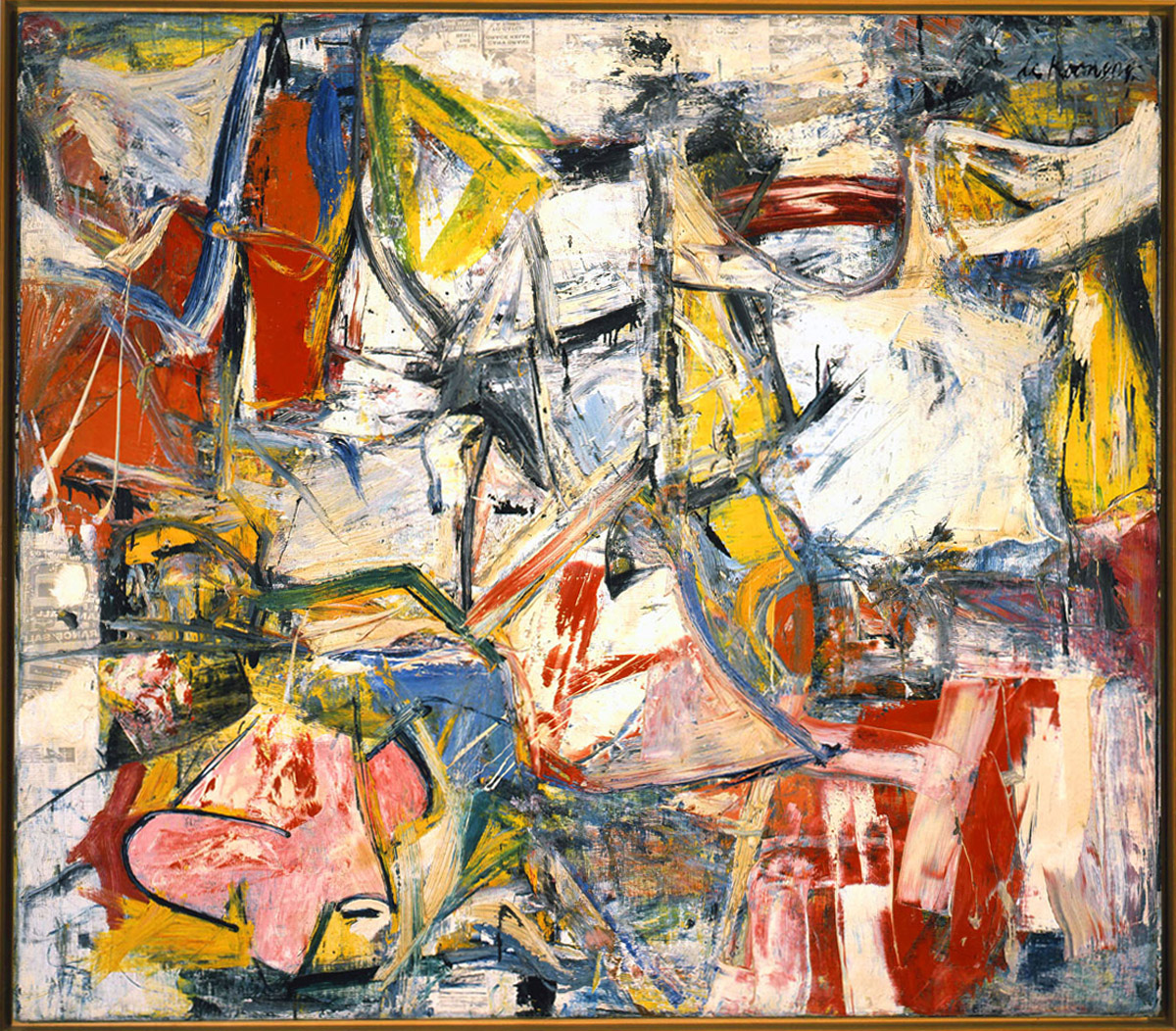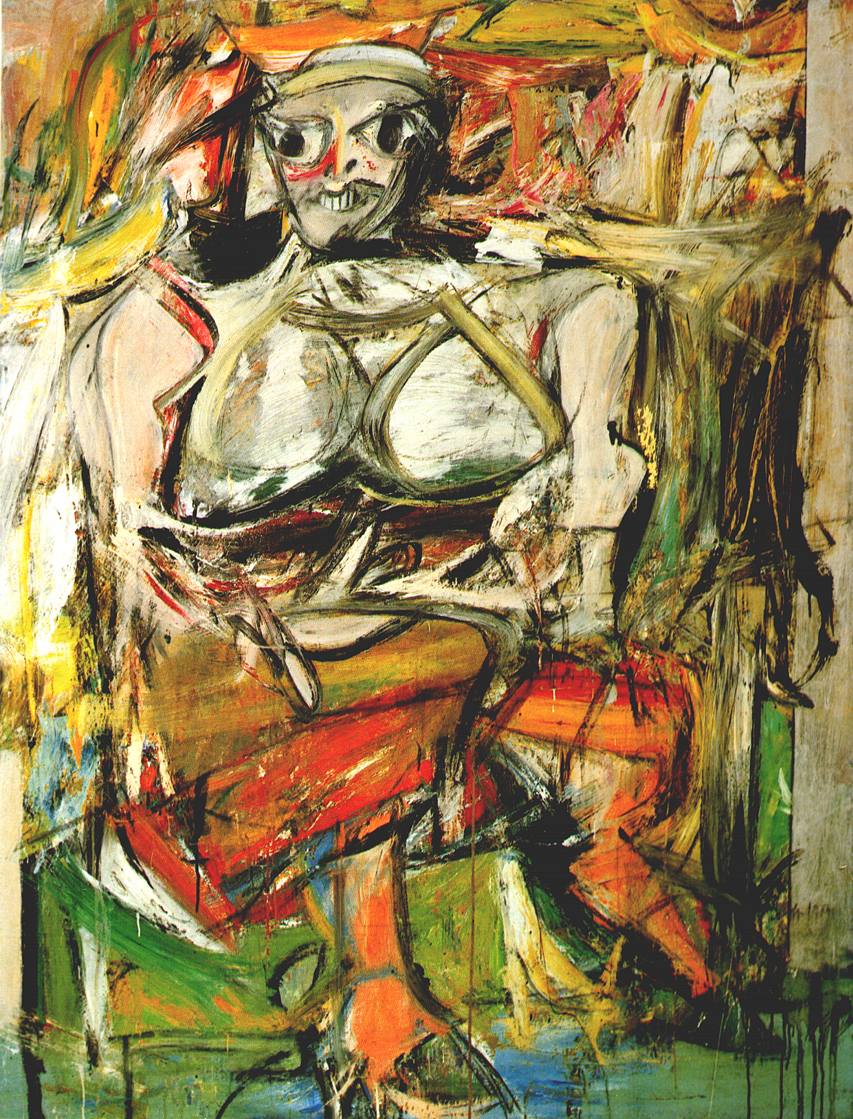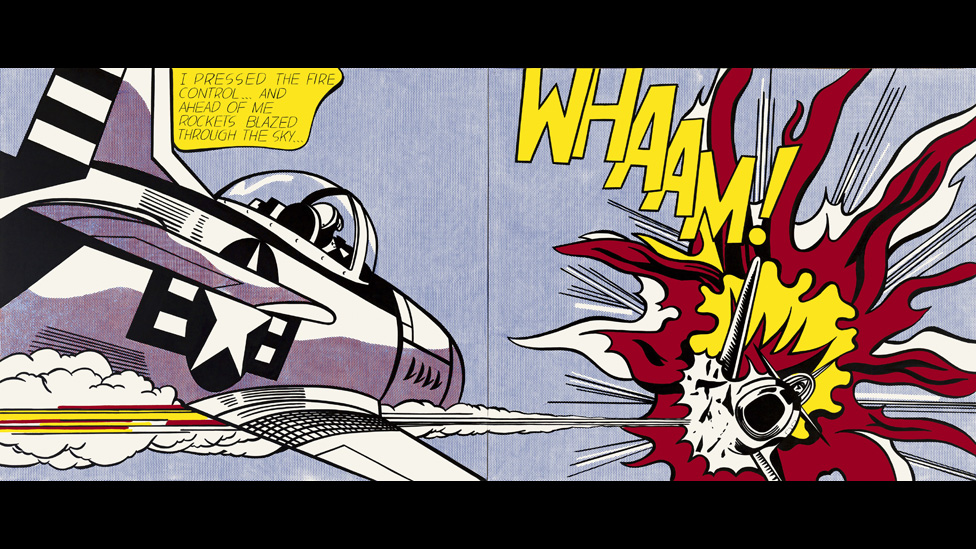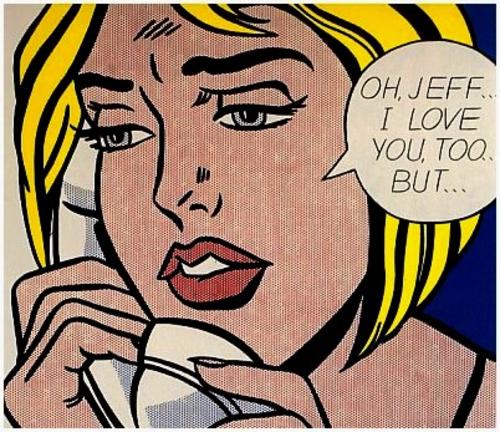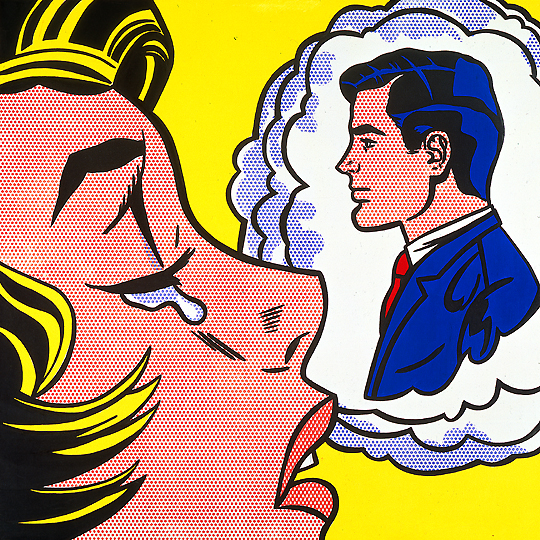For my projects and essay I will be focusing on making a book and a short film to go with that book. If I can I also want to create a fashion magazine as this is something that really interests me and I have plenty of ideas that I want to create for it. I am focusing my work on feminism and the unfair advantages and disadvantages faced with both men and women. I will be focusing on two different aspects of feminism, the first being the unfair stereotype given to women of being the carer and basically live to serve, doing all the cooking and cleaning for the family and/or her husband. I also want to focus on smudging the lines between gender stereotypes of fashion. Both topics really interest me and I want to be able to explore them further.
Main Idea | Personal Shoot
I want to look into the life of my mother and how she is a working housewife. Meaning that she has a full-time job and works from 9-5 yet is this expected to come home and do all of the chores and house work, cooking and cleaning, that a housewife would usually be expected to do. I want to make a short film of my mother going about her everyday chores and what does on a regular occurrence. From those film clips I want to make film stills, inspired by the work of Cindy Sherman, and edit them into strong images. After this I want to then mimic the work myself in a parody sort of way to make my spectators focus on what is going on in the images and how old-fashioned it is for the woman to be doing all of the chores and housework. I will also be interviewing my mum and asking her various questions about feminism and her role in the family. This will go along with my short film that I will be creating. I think that this will be a really fun and an interesting project to do as it is more personal and I do think that the images will be more interesting for my spectators to look at.
– make videos of my mum doing her everyday chores at different times and basically film what she is doing. I want to make it more artistic and film in more artsy and creative ways instead of straight on boring video. I will be turning this into a short film with a voice over of an interview with my mum on her role in life and how she feels about it. I want to find out more about what she deems acceptable within our society and why she has raised me differently and more openly to how she was brought up. After collecting this footage I will make images from this of screenshots of my mother and I will restage these images of myself in front of the camera almost parodying her role and how I don’t want to have that same role and don’t accept to be stuck in an old-fashioned way of life.

Second Idea | Fashion and Gender
For this idea I want to create a fashion magazine dressing as both the male and female subjects of all of the images from the magazine. I have taken inspiration from Claude Cahun on smudging the lines between male and female stereotypes and want to explore this through the world of fashion. I have ideas of exaggerating ad campaigns that I have seen before to almost parody the ridiculous expectations put on both men and women with models acting and portraying the ‘perfect form’. Mainly this idea will focus on smudging the lines between the male and female expectations of fashion as I think that this is such a huge thing in recent times and will make the most impact on my spectators. I took inspiration for this from the recently launched ad campaign featuring Jaden Smith as the new face of Louis Vuitton womenswear. I find this so unique as Smith is bringing attention to gender stereotypes that we are all faced with but deem acceptable, this needs to change.
– make images in studio dressed as both the male and female model [wearing wigs and different clothing]
– possibly make images dressed as a different cultured woman [muslim] to show the difference in society [extra idea]
– make an image dressed as the Egyptian woman Nefertiti to add to the magazine [possibly, extra idea]












